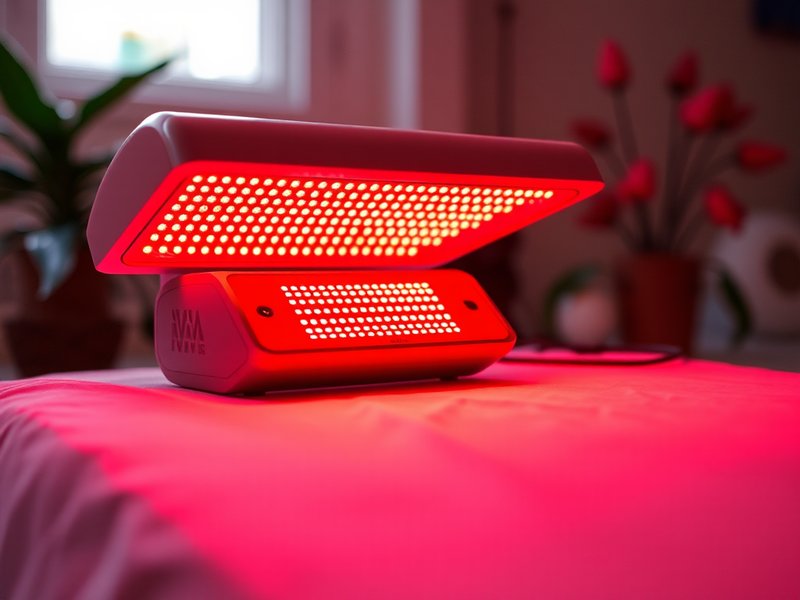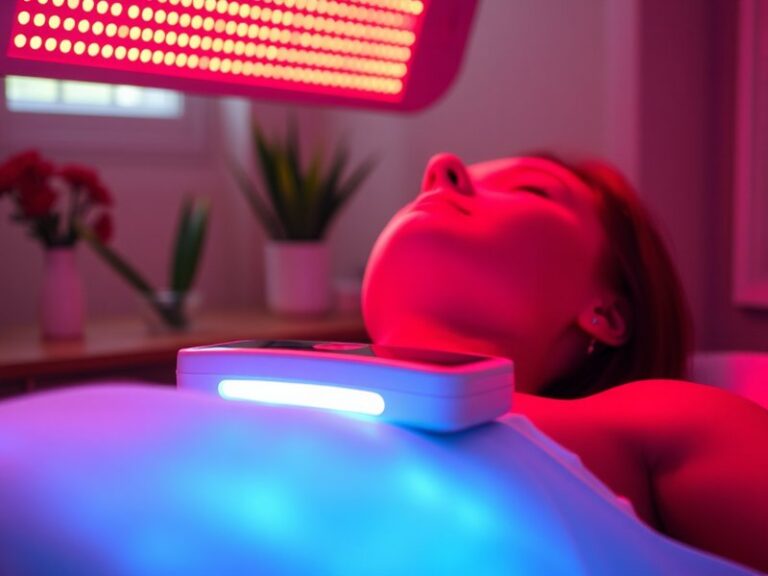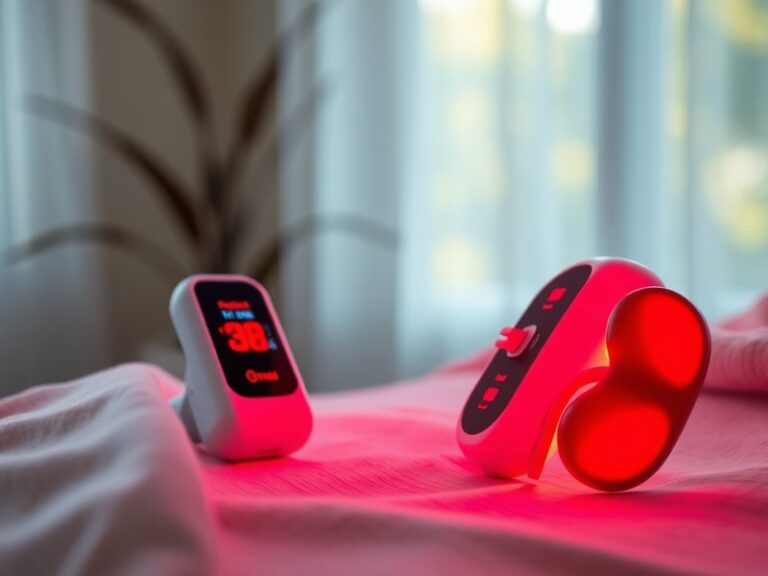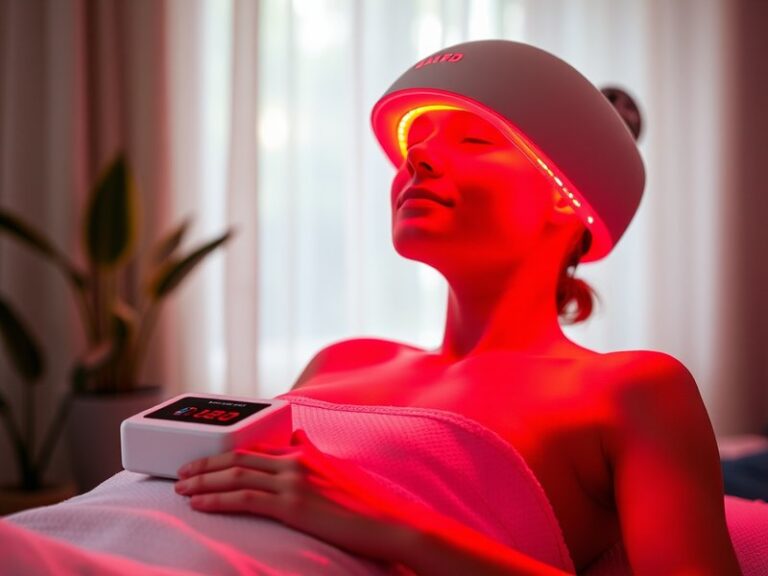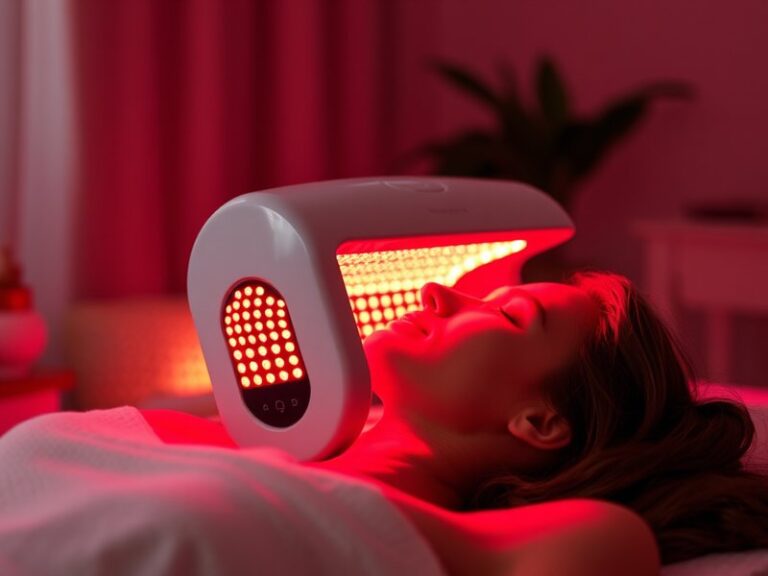Is Red Light Therapy Just Red Leds?
Is Red Light Therapy Just Red LEDs?
Is red light therapy simply a matter of using red LEDs, or is there more to the story?
In recent years, red light therapy has gained popularity for its potential benefits in various health and wellness contexts. This article will explore the nuances of red light therapy, how it works, its benefits, the feasibility of using LEDs for this purpose, considerations before starting, alternatives available, and provide answers to frequently asked questions.
Key Takeaways
- Red light therapy involves specific wavelengths of light, not just any red LED.
- The therapy has several potential health benefits, including enhanced healing and skin rejuvenation.
- Alternatives to red light therapy exist, offering a variety of options for those seeking similar benefits.
What is Red Light Therapy?
Red light therapy (RLT), also known as low-level laser therapy (LLLT) or photobiomodulation, uses specific wavelengths of light, primarily in the red and near-infrared spectrum, to promote healing and improve cellular function. The light penetrates the skin and stimulates the mitochondria in cells, leading to increased ATP (adenosine triphosphate) production, which is vital for cellular energy.
RLT is utilized in various domains such as dermatology, physical therapy, and even in sports medicine. Devices can range from professional-grade lasers to handheld LED devices found in homes.
How Does It Work?
The mechanism of action for red light therapy is primarily photochemical; when the skin absorbs specific wavelengths, it triggers biological processes that enhance blood circulation, reduce inflammation, and promote tissue repair.
What are the Benefits of Red Light Therapy?
Red light therapy offers a variety of potential benefits. Let’s explore some of the key advantages:
Improved Skin Health
One of the most celebrated benefits of RLT is its capacity to improve skin conditions. Studies have shown that it can reduce wrinkles, scars, and acne by enhancing collagen production. For instance, after several weeks of consistent use, many users report visibly smoother and tighter skin.
Pain Relief and Reduced Inflammation
RLT has been noted for its effectiveness in pain management. It can help alleviate pain from conditions such as arthritis and acute injuries. By reducing inflammation, many users find relief in chronic pain scenarios, aiding mobility and comfort.
Enhanced Wound Healing
The ability of red light therapy to accelerate wound healing is well-documented. By stimulating cellular processes, it can shorten recovery time post-surgery or injury, making it beneficial for athletes and individuals recovering from injuries.
Potential Mood Enhancement
Recent studies suggest that RLT may also aid in improving mood and reducing symptoms of depression. The therapy influences melatonin production and circadian rhythms, which can enhance sleep quality and energy levels.
Is it Possible to Use Red LEDs for Therapy?
While the term “red light therapy” often conjures images of simple red LEDs, the reality is more complex.
What are the Advantages of Using Red LEDs?
Using red LEDs can offer convenience and accessibility. They are often lower in cost, lightweight, and easy to use at home. This makes RLT more accessible to those who may not have access to professional treatments.
What are the Disadvantages of Using Red LEDs?
However, not all LEDs are created equal. The effectiveness of red light therapy is heavily dependent on the wavelength used. Higher-quality devices are calibrated to emit light at specific wavelengths (around 600-650 nm for red light and 800-880 nm for near-infrared). Standard red LEDs may not provide the same therapeutic benefits.
What are the Things to Consider Before Starting Red Light Therapy?
Before beginning red light therapy, several factors should be taken into consideration:
Quality of the Device
Ensure you invest in high-quality devices that specify their wavelength outputs. Devices marketed for RLT should clearly state their efficacy and the light wavelengths they provide.
Treatment Duration and Frequency
Different conditions may require different treatment times and frequencies. Generally, shorter sessions more frequently tend to be more beneficial, but consulting healthcare providers can tailor the approach to individual needs.
Consulting with a Professional
Before starting any new therapy, especially for those with underlying health conditions or serious injuries, it is advisable to consult with a healthcare provider to ensure it is safe and appropriate.
What are the Alternatives to Red Light Therapy?
Several alternative therapies exist that may provide similar benefits to red light therapy.
Cold Laser Therapy
Cold laser therapy (similar to red light therapy) utilizes low-level lasers to relieve pain and accelerate healing without causing damage or discomfort.
Interferential Current Therapy
This therapy applies mild electrical currents to muscles and tissues to reduce pain and inflammation while promoting healing.
Ultrasound Therapy
Using sound waves to promote tissue healing and reduce pain, ultrasound therapy is common in physical therapy settings and can complement RLT.
Conclusion: Is it Recommended to Use Red LEDs for Therapy?
Red light therapy can be beneficial for various conditions, but the use of basic red LEDs may not yield the desired therapeutic results. High-quality devices are necessary to achieve the specific wavelengths that provide true therapeutic benefits. Consulting healthcare providers and doing thorough research on available options will help ensure a safe and effective approach to red light therapy.
Frequently Asked Questions
Can anyone use red light therapy?
Most individuals can safely use red light therapy; however, those with specific eye conditions or certain medications should consult a physician before starting.
How often should I use red light therapy?
The ideal frequency can vary based on individual needs and conditions. Many practitioners recommend 3-5 sessions per week for optimal results.
Is red light therapy safe?
Yes, red light therapy is generally considered safe when used correctly. There are minimal side effects compared to more intrusive procedures; however, it is still wise to use devices as directed.
Get insights from Does Red Light Therapy Help Eyes?
Discover our thoughts on Need Red Light Therapy Products?
Are there any side effects to red light therapy?
Common side effects are minimal and might include temporary redness or a warm sensation in the treated area. If side effects persist or worsen, it’s essential to discontinue use and consult a healthcare professional.
What conditions can red light therapy treat?
Red light therapy has been shown to assist with skin conditions, muscle and joint pain, wound healing, and even mood regulation, among others.
